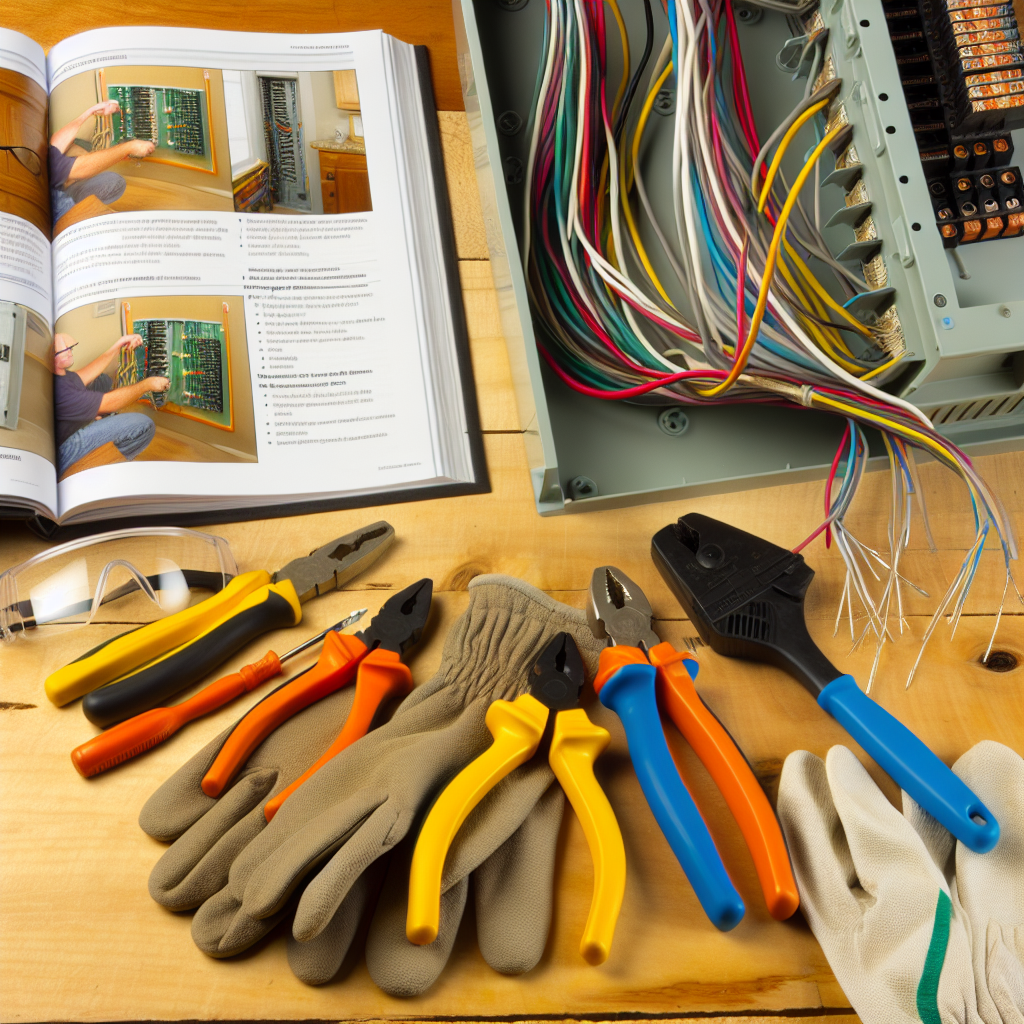Embarking on a home wiring project can seem daunting for beginners, but with the right knowledge, it becomes manageable and rewarding. This ultimate guide covers essential steps, safety tips, and best practices to help you understand the fundamentals of house wiring. Whether you’re planning a new installation or upgrades, this guide will set you on the right path.
Understanding House Wiring Basics for Safety and Efficiency
Before diving into wiring specifics, it’s crucial to understand the core principles of house wiring. Proper wiring ensures not only the safety of your household but also the efficiency and longevity of your electrical system. Start by familiarizing yourself with key components such as circuits, outlets, switches, and circuit breakers.
- Circuit Design: Every house should have a clearly planned circuit layout ensuring balanced load distribution.
- Wiring Materials: Use high-quality copper or aluminum wiring approved by safety standards.
- Color Coding: Follow standard color codes (e.g., black/red for live, white for neutral, green or bare copper for ground) to prevent confusion and hazards.
Safety is paramount. Always turn off the main power supply before working on electrical systems and adhere to local electrical codes. Use appropriate tools and wear protective gear throughout the process.
Planning and Executing Your Home Wiring Project
A well-structured plan makes the wiring process more efficient and safe. Begin with a detailed blueprint that marks where outlets, switches, fixtures, and appliances will be installed. This plan should account for future expansion and specific power needs of each room.
When executing the wiring:
- Install an Adequate Circuit Breaker Panel: Ensure your panel can handle your current needs and has space for future circuits.
- Run Cables Properly: Use conduits or cable trays to protect wires from physical damage and to comply with safety standards.
- Connections and Junctions: Keep wiring connections neat, secure, and properly insulated. Use wire nuts and electrical tape where appropriate.
- Testing and Inspection: Once wiring is complete, test all circuits with a multimeter or circuit tester and get an inspection from a qualified electrician to ensure compliance with safety standards.
Remember, patience and precision are key. Proper planning and execution help prevent common issues like overloads and short circuits, ensuring your home’s electrical system runs smoothly and safely for years to come.
In Conclusion
Mastering house wiring as a beginner involves understanding fundamental concepts, rigorous planning, and careful execution. By prioritizing safety and following best practices, you can successfully wire your home or improve existing electrical systems. Keep learning, stay cautious, and don’t hesitate to consult professionals for complex tasks—your safety is worth it.
